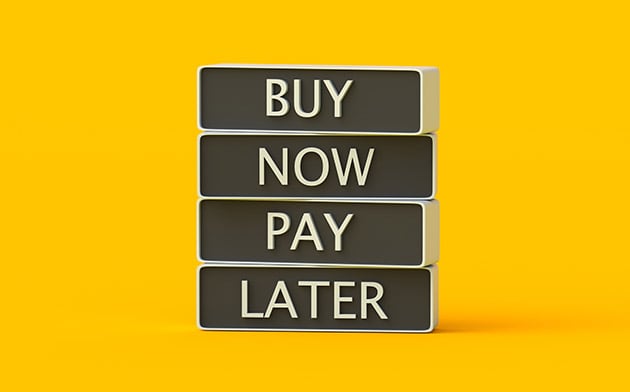The gig economy continues to expand exponentially—and it doesn’t appear to be going anywhere anytime soon.
To give you an idea of how much the workforce landscape has changed, gig workers (temporary or part-time independent contractors and freelancers, such as Uber drivers, Airbnb hosts, website designers, dog walkers, etc.) are projected to make up more than 50 percent of the workforce by 2027.
 If you’re thinking about joining the gig-working movement, keep in mind that you’ll be considered a small business owner when it comes to taxes. That means filling out different tax forms and schedules than you’re accustomed to, as well as making estimated tax payments as you go.
If you’re thinking about joining the gig-working movement, keep in mind that you’ll be considered a small business owner when it comes to taxes. That means filling out different tax forms and schedules than you’re accustomed to, as well as making estimated tax payments as you go.
To help you get organized come tax time, follow these tips for a smooth experience. Consulting a tax professional would also be beneficial—even if you’re used to filing your own taxes.
What will I need to file my taxes?
Preparation for filing your taxes as a gig worker is a year-round job. First and foremost, you’ll want to set aside money to cover your taxes (a good rule of thumb is 25-30% of your self-employed income).
Detailed record-keeping is also a must and becomes especially important if you’re juggling multiple gigs. You must report all income from gig work—filing a tax return is required if you have net earnings of $400 or more from self-employment—so record all money coming in. Be sure to also save receipts of your expenses so you can claim deductions on your tax return (more on that below).
Necessary tax forms
Here are some forms and schedules you’ll need (or potentially will need) to file your tax return:
- Form 1040. This is the main form US taxpayers fill out each year.
- Form 1099-K. You’ll receive this form from payment card companies, payment apps, or online marketplaces if you collected payments for goods or services.
- Form 1099-NEC. This relatively new form is sent to you if you’re a freelancer or independent contractor who is paid at least $600 by a single client.
- Form 1099-MISC. This form is used to report miscellaneous income and payments (prize money, medical and health care payments, rents, etc.).
- Form 1040-X. If you made a mistake or forgot to report income from gig work on your 1040, file this form.
- Schedule SE. This schedule is used to determine your tax due on self-employment net earnings.
- Schedule C. Fill out this form to report profit or loss from your business or sole proprietorship.
- Form W-2. You’ll only receive this familiar form if you’re an employee performing services for an employer.
Visit irs.gov to find out which specific forms you’ll need.
Paying estimated taxes
Since taxes won’t be withheld from a paycheck from an employer, you’ll likely want to make estimated tax payments to minimize your tax bill. These payments are due April 15, June 15, September 15, and January 15 to avoid a penalty. Form 1040-ES will help you calculate and pay your estimated tax.
Tax deductions not to miss
An often-overlooked aspect of gig work is you’ll have to cover your own expenses. Fortunately, there are a number of deductions you can take to further minimize your tax bill. To stay on track, it’s recommended to keep careful records. Here are a few of the more common tax deductions you can claim:
- Home-office deduction. This deduction covers expenses like insurance, utilities, and property taxes related to operating your business from home (use form Schedule C).
- Vehicle-expense deduction. You can deduct using the actual expenses or standard mileage rate methods (use form Schedule C). For the latter, a mileage app like Zoho Expense, Rydoo, or Everlance would come in handy.
- Self-employment tax deduction. As an independent gig worker, you can deduct 50% of the required self-employment tax (use forms Schedule SE and Schedule 1). You can calculate your estimated tax here.
- Supplies and materials deduction. General office supplies, professional instruments, and other equipment can generally be written off as business expenses (use form Schedule C).
- Retirement contributions deduction. You can take this deduction If you contribute to retirement accounts as a self-employed person (use form Schedule 1).
Gig working can be a nice way to supplement your income and provide a change of pace from your normal routine. But being your own boss also makes tax time more complicated. Check out these pros and cons of the gig economy to see if you’re ready to take the plunge.


